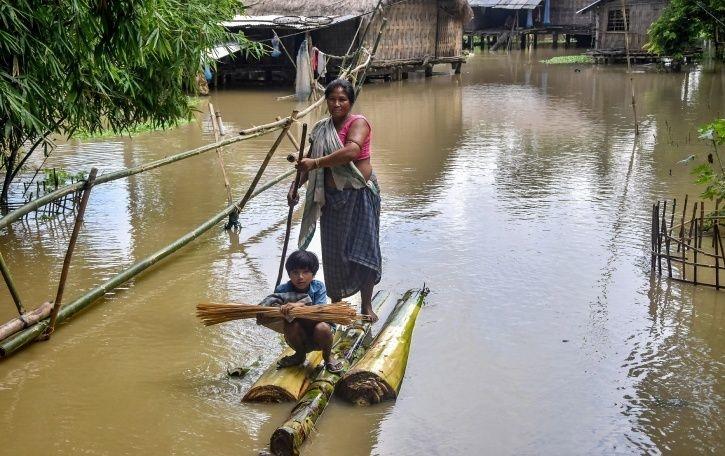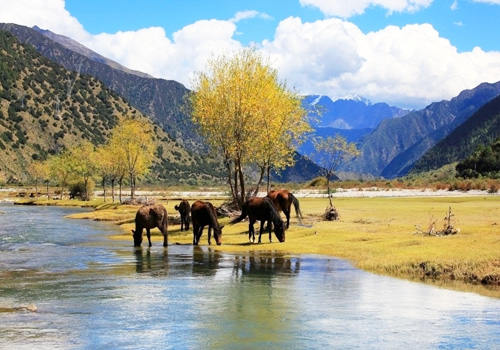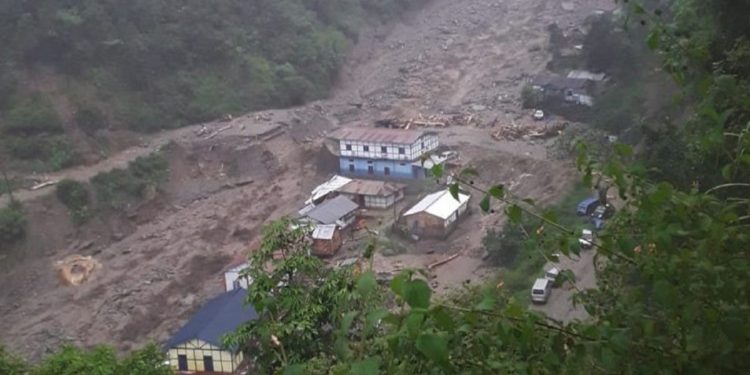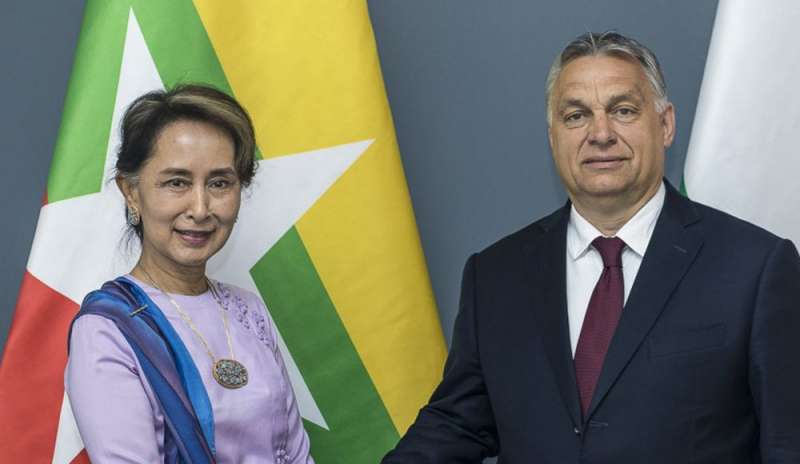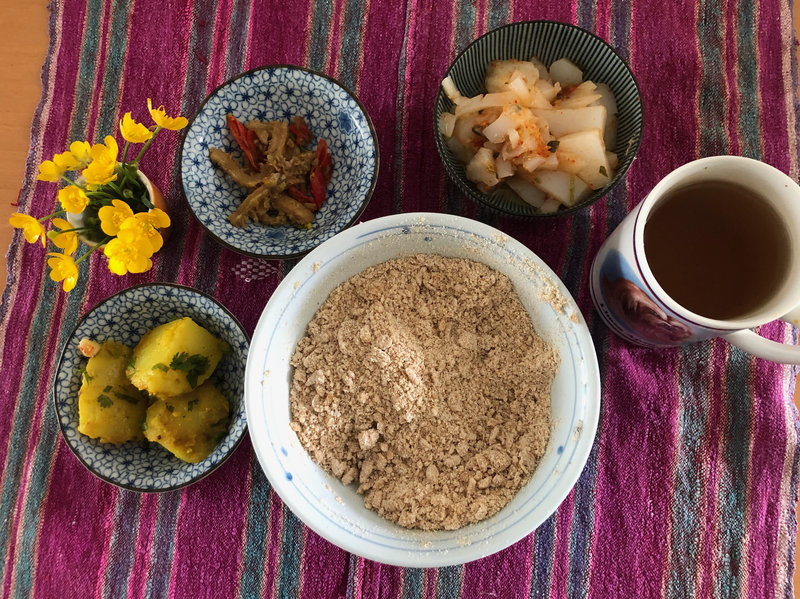The Meghalaya Cabinet has approved a draft water policy to address water usages, issues of conservation and protection of water sources in the state.
Chaired by Chief Minister Conrad K Sangma, the cabinet on Friday discussed at length the various aspects of the policy before approving the draft policy, Deputy Chief Minister Prestone Tynsong said.
“All issues related to utilization of water and livelihood and how to preserve water bodies have been outlined in this policy including community participation in the implementation of this policy by constituting a water sanitation village council at the village level,” Tynsong said.
The policy was drafted by the state Water Resources department in consultation with experts in water conservation and protection of water bodies.
The deputy chief minister said that Meghalaya being a hilly state, receives a lot of rainfall but the same water cannot be retained and all water reach Bangladesh in no time.
Among the other issues discussed on the policy was the need to optimize usage and conservation of water, steps needed to protect water bodies and water sources including ground water and protection of catchment and springshed areas.
Recently, the state government has launched the Jal Shakti mission to address the problems related to water.
The state cabinet has also approved the proposal of the Finance department to hike the salary of chairman and members of the Meghalaya Public Service Commission based on the recommendations of the fifth Meghalaya Pay Commission.
Water Mission
The Water Resources Department is implementing one new initiative which is the Integrated Water Resources Management Programme (IWRMP) which covers the activities under the Water Mission under the aegis of the IBDLP through the Meghalaya Water Resources Development Agency (MeWDA). This Programme is a process which promotes the coordinated development and management of water, land and related resources in order to maximize the resultant economic and social welfare in an equitable manner without compromising the sustainability of the eco-system. Under this Programme, activities for management and maximum utilization of the available water resources through the implementation of water harvesting structures, Jalkunds and Multipurpose Reservoirs are being taken up. Further, other Programmes relating to water quality, capacity building and awareness, monitoring and evaluation of projects, policy and regulation have also been initiated.
Activities under the Mission
Briefly the present status of the different activities and Programme taken up under the Integrated Water Resources Management Programme is as follows:
Multipurpose Reservoirs (MRs)
During March 2013, an amount of Rs. 29.15 crores was sanctioned under Special Plan Assistance for development of Multipurpose Reservoirs (MRs). Multipurpose Reservoirs (MRs) are water bodies created in a cascade that will cater to the different water needs of the community. It may be mentioned that the Multipurpose Reservoirs (MRs) will have the following components:
- Structural components having a combination of components for different uses such as Drinking & Domestic Water, Irrigation, Fisheries, Livestock, Micro hydel (< 100kw; where ever feasible) etc.
- Non-structural components like capacity building, institution building, Management Information System (MIS), monitoring & evaluation, entrepreneurial promotion, etc.
- Ancillary Components like water filtration, soil fertility testing, water testing kits, improvement of traditional sources, improvement of catchment areas, conveyance systems through canals and pipes, etc. Presently, the District Water Resources Councils (DWRCs) have been instructed to identify feasible sites for which this Programme can be taken up shortly. The consultant engaged to support the Meghalaya Water Mission is also helping out to carry this work forward.
Jalkunds/Water Harvesting structures
A total amount of Rs. 28.00 crores has been sanctioned for the construction of Jalkunds and Water Harvesting structures for which the funding is as shown below:
- Under Special Plan Assistance – Rs. 15.00 crores
- Under Special Central Assistance – Rs. 10.00 crores
- Under the State Plan – Rs. 3.00 crores Total – Rs. 28.00 crores
- Out of this available fund, Rs. 7.99 crores has been allotted to the 164 schemes as proposed by the Water Resources Department, while Rs. 10.00 crores has been sanctioned for 385 schemes proposed by Soil & Water Conservation Department. The schemes are being implemented through the District Water Resources Councils (DWRCs). In order to sensitize the public on the implementation of Jalkunds and Water Harvesting structures, capacity building Programme have been taken up in the 7 district head quarters. A separate Programme on this subject was also held at Mawkyrwat in collaboration with the Mawkyrwat Farmers’ Association. Officers from the MeWDA, the Water Resources Department and the Soil & Water Conservation Department were deputed as resource persons for the Programme. Further, it is also proposed to implement Roof Top Rain Water Harvesting projects in Government and School buildings, PHCs and CHCs and accordingly the District Water Resources Councils have been instructed to identify and submit proposals.
Capacity Building & Awareness Programme
MeWDA and Water Resources Department, in collaboration with Central Soil & Material Research Station (CSMRS), New Delhi, has organized Awareness Programme on the topic “Save Water , Save Earth” in Khliehriat & Tura. The Programme at Khliehriat was held on 17th May 2013 and 200 students from different schools in the district had participated. In Tura, the Programme was held on 21st May 2013 with 250 students participated in the Programme. Competitions were held and prizes were distributed to the winners. Apart from competitions, presentations relating to water were made by the resource persons from Central Soil & Material Research Station (CSMRS), New Delhi.
Investigation, Planning & Preparation of Water Resources Projects
MeWDA has procured 2 (two) nos. of Light weight reflectorless Total Stations for the Soil & Water Conservation Department, one each for the Garo Hills and Khasi-Jaintia Hills Circle amounting to Rs. 9.2 Lakhs. These instruments will help the Department to take up more survey & investigation works and also help in preparing Detailed Project Reports (DPRs).
Monitoring & Evaluation of projects
MeWDA through the Integrated Water Resources Management Programme has funded an amount of Rs. 13.77 Lakhs for engaging an agency for third party monitoring of projects under the Accelerated Irrigation Benefit Programme (AIBP), implemented by the Water Resources Department and Soil & Water Conservation Department. The work is under progress.
Others
Others MeWDA with the assistance of the engaged consultants are in the process of preparing two proposals for funding by Asian Development Bank (ADB) and Japan International Cooperation Agency (JICA) for the creation of Multipurpose Reservoirs (MRs) in the State.
Chandan Kumar Duarah


